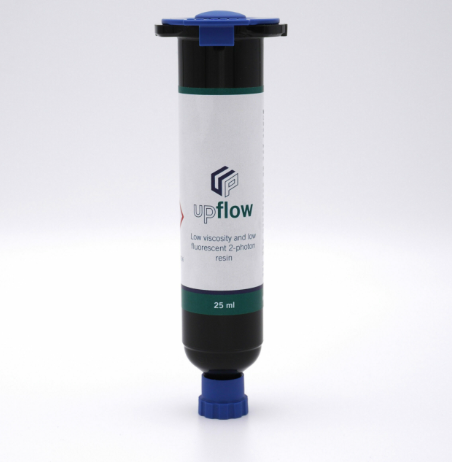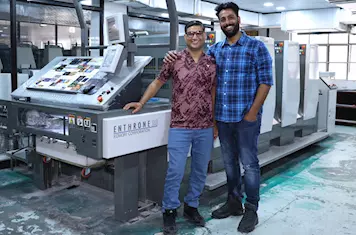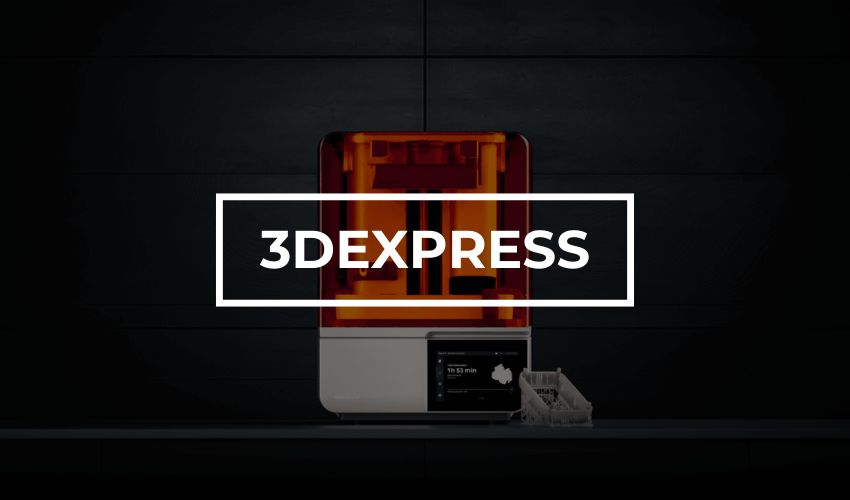Advancing IVF with 3D printing: a novel approach by UpNano and Fertilis
UpNano GmbH, an innovative micro-scale 3D printing firm, has announced the release of UpFlow a photopolymerizing product.
This material allows for rapid, precise and accurate 3D printing of micro-environments that can be used to create a new type or dynamic cell culture. Fertilis, an Australian IVF specialist, developed it. It provides embryos with a controlled environment that is less volatile and allows them to implant more quickly than other products currently on the market. Utilizing an UpNano NanoOne 2PP 3D printer allows for a 30-40% reduction in implantation cycles, which are commonly required to become pregnant, saving patients’ emotional and financial pain.
“Our device allows fertilization, embryo culture, and embryo cryopreservation to occur in the one structure – no more moving embryos around by hand. This, in fact, increases the success rate significantly and reduces time, costs, and stress for the parents,” said Marty Gauvin, CEO of Fertilis.

This is how this new technology can help you get pregnant.
Fertilis states that in vitro fertilization is stressful for both parents as well as embryos. They must be exposed constantly to changing conditions in order to keep them safe and healthy during pre-implantation. This causes severe stress and increases the chance of failure. IVF cycles will need to be repeated. Fertilis invented and patent a new environment that allows for embryo implantation during the crucial phase of embryo development. This was done to decrease embryo stress and improve IVF success rates. This “first-of-its-kind” 3D printed micro-device has features 0.05mm in diameter and enables IVF professionals to accurately control and monitor the fertilized egg culturing process, eradicating the need for IVF professionals to move cells between Petri dishes.
“UpFlow offers a lower viscosity than any other 2PP material with comparable biocompatibility. This allows for far superior post-production processing, especially the flushing of the very fine channels in order to remove unpolymerized material and ensure the reproducibility of structural elements,” said Denise Hirner, Chief Operating Officer and Co-founder of UpNano.
UpNano did this by selecting the base resins that UpFlow uses to maintain its low viscosity. The final UV exposure then solidifies the material, making it ready for use. Another benefit of the material is its high optical transparency which allows for microscopic inspections on incubated embryos.
Fertilis uses UpFlow in combination with a NanoOne printer, which was recently donated to the Australian National Fabrication Facility at the University of South Australia. The printer improves both the quality and speed of 3D-printed micro-devices for embryo incubation. CEO of Fertilis further explained, “Previously, the 3D printing of our microfluidic devices took a full fortnight. It took 4 hours. This is a remarkable acceleration in the production process. And, best of it all, using UpFlow results in a better-quality product than achieved before.”
NanoOne allows you to take full advantage of the adaptive resolution technology. You can adjust the focus width of your laser beam during printing. It is possible to print large and small features in one pass. This increases production speed and quality. UpNano claims that the development of UpFlow demonstrates the “enormous potential” of 2PP 3D printing for cell and medical research. UpNano proved this by introducing X Hydrobio INX U200 to 3D-printing structures that allow embedding living cells directly into culture dishes.

Additive manufacturing scales the biological sector
CollPlant is a 3D bioprinting specialist. Recently, they added a bio-ink to their material portfolio. CollPlant’s second recombinant human collagen (rhCollagen)-based material, dubbed ‘Collink.3D 90,’ is said to have improved mechanical properties that specifically target the print demands of hard and soft tissues. The ink, when compared to existing cell-culturing Hydrogels, is said allow for rapid cell movement, making it an ideal base for the creation of regenerative medicines.
Previous research by the University of British Columbia, (UBC), successfully 3D-printed human testicular cell lines, which is thought to be a world record. The researchers have already discovered some signs of sperm production potential and hope to use these results to help male infertility. Dr. Ryan Flannigan who is the study’s lead author claims that infertility affects about 15% of couples, with male factors being a contributing factor in more than half of confirmed cases. He added, “We’re 3D printing these cells into a very specific structure that mimics human anatomy, which we think is our best shot at stimulating sperm production. If successful, this could open the door to new fertility treatments for couples who currently have no other options.”
For all details, follow this link Formnext news 2022.
To stay up to date with the latest 3D printing news, don’t forget to subscribe to the 3D Printing Industry Newsletter Follow us on TwitterLike our page or send us an email Facebook.
While you’re here, why not subscribe to our Youtube channel? Featuring discussion, debriefs, video shorts, and webinar replays.
Are you interested in a job within the additive manufacturing sector? Visit 3D printing jobs Here are some examples of the roles available in this industry.
Feature image shows UpNano’s resin UpFlow. Image via UpNano.


